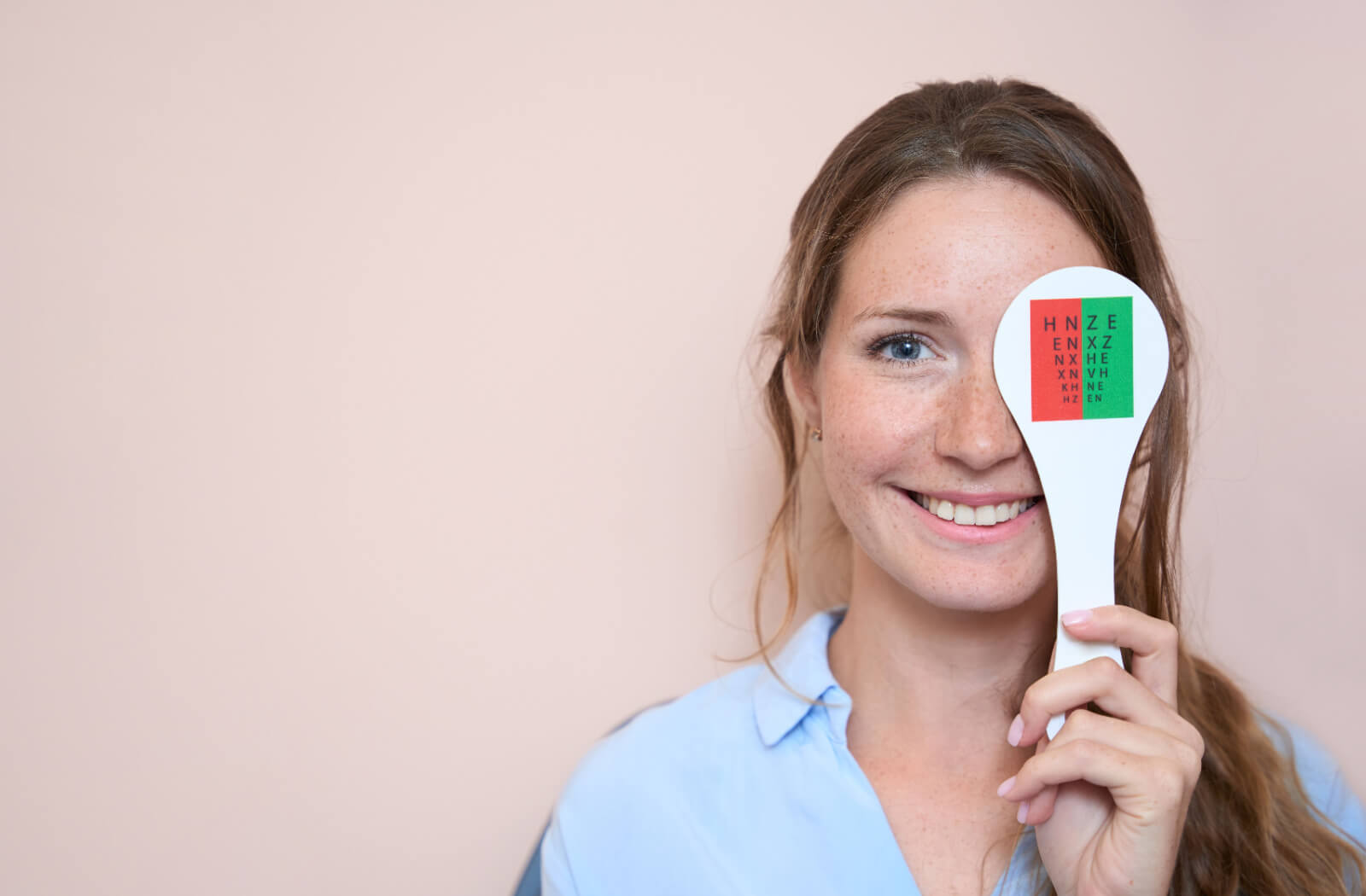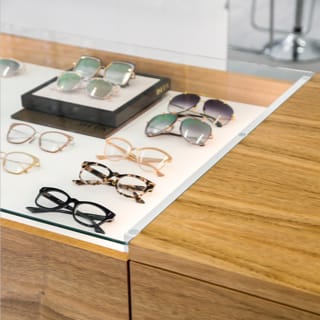Children grow fast. If it’s not new shoes every few months, it’s their never-ending hunger. But as children grow, their eyes also change quickly.
Good vision is essential for a child’s overall development, and it’s important to start caring for their eyesight at a young age. Children should have an eye exam between 6 and 12 months, at least once between 3 and 5 years, and yearly from 6 to 17 years and into adulthood.
Regular children’s eye exams help maintain eye health by ensuring they have the correct prescription eyewear and look for signs of eye problems that can benefit from early diagnosis and treatment.
The Importance of Children’s Eye Exams
At birth, infants can see in their peripheral vision, but their central vision is still developing. In the first few months of a baby’s life, their central vision will develop.
While babies can’t read an eye chart, an eye exam at 6 months old can provide a sneak peek into their ocular health. An eye doctor can assess your baby’s visual milestones during their first eye exam, such as visual coordination and depth perception, and catch any problems early.
Children’s eyes continue to grow and develop essential visual skills. Eye exams, during these crucial years, can help catch potential eye issues early, such as strabismus or amblyopia.
Young children aren’t aware of what normal vision looks like. Some eye conditions don’t cause symptoms or noticeable changes until they progress to a more severe stage. Even if a child’s vision seems fine, they may have an underlying eye problem that requires an eye exam to be diagnosed.
Frequency of Children’s Eye Exams
Because children’s eyes change so quickly, children should have yearly eye exams until age 17.
Babies
Babies between birth and 2 years old should have their first eye exam between 6 and 12 months. Some with certain risk factors may need to see their optometrist more often, such as:
- Premature or low birth weight
- Prolonged supplemental oxygen at birth
- Family history of lazy eye, crossed eyes, or congenital cataracts
- Infection of the mother during pregnancy
- Maternal smoking or alcohol use during pregnancy
Preschool Years
Your baby is now a toddler with a growing vocabulary. It’s important for your little explorer to have their eyes checked between the ages of 3 and 5 before they start school.
An eye exam at this age range ensures their eyes develop as they should. Eye exams during this stage of their development can catch any potential problems early on and allow for appropriate interventions if needed.

School-Aged Years
Once your mini-me is rocking a backpack and heading off to school, it’s time to make eye exams a yearly thing from ages 6 to 17. Because school is like a visual buffet—with whiteboards, books, and digital screens—regular eye exams help ensure they’re not missing out on learning because of vision issues.
Factors that can influence the frequency of eye exams your child needs during their school years can include:
- High or progressive refractive error
- Academic performance problems
- Wearing glasses or contact lenses
- Functional vision in only one eye
- Eye surgery or previous eye injury
- Taking prescription or nonprescription drugs
What About Between Eye Exam Appointments?
Between your child’s scheduled eye exams, keep your parental radar on alert for signs that your child might need an extra eye exam.
Children who wear glasses or contact lenses should have their eyes checked yearly or more often, as prescription changes can occur quickly.
The same goes for children with underlying medical conditions or those who had eye surgery. Regular children’s eye exams can help detect problems or changes in vision before they become more severe.
Some signs may indicate your child has a vision problem:
- Frequent eye rubbing or blinking
- Squinting
- Headaches and eye strain
- Head tilting or covering one eye
- Misaligned eyes
- Crusting in eyes
- Sleeping with eyes open
- Droopy eyes
- Dilated eyes or large pupils
- Spots on the whites of the eye
A Note on Digital Screen Use
Let’s face it. Screens are now a part of our daily lives, including our children’s. From tablets to phones, their world is digital, and while it’s fantastic for learning and fun, it can take a toll on their precious eyes.
Regular children’s eye exams help monitor the impact of screen time and other near-focused work on their vision. They can also help equip children with the right tools and habits, be it glasses or breaks, to navigate the digital landscape safely.
Nurturing Children’s Vision for a Bright Future
In the whirlwind of parenting, it’s easy to overlook the windows to your child’s world—their eyes. Eye exams for children are vital for supporting their overall health, development, and well-being.
Children’s eye exam frequency varies on several factors, including age, family eye history, existing eye problems, behavior, and habits.
Remember, regular children’s eye exams aren’t just to determine if they need glasses. They’re also about protecting their gift of sight. Book your child’s next eye exam appointment with Eye Love Optometry.
















